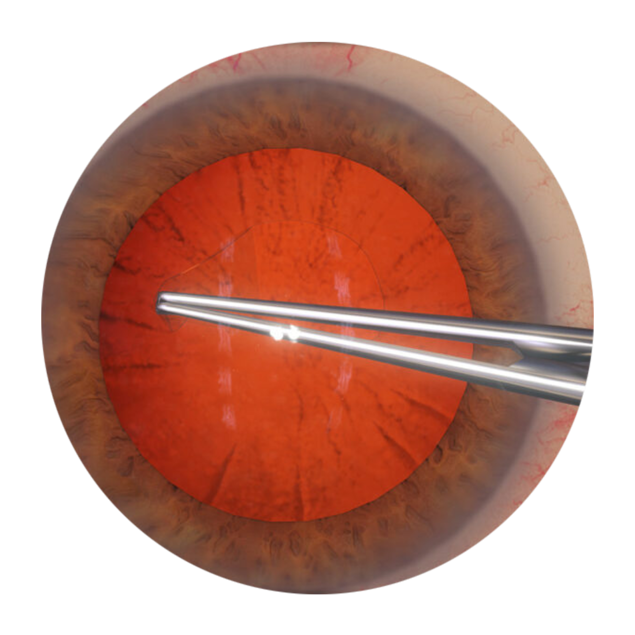The Eyesi Surgical cataract courseware is organized into four tiers of ascending difficulty. Abstract simulation tasks aim to train basic microsurgical skills, such as instrument navigation in the anterior chamber, tremor control, fine motor dexterity, and proper microscope use. In the next tier, isolated steps of cataract surgery are trained, such as capsulorhexis, lens segmentation, lens removal, and intraocular lens insertion. Then, the acquired cataract skills are refined through more challenging scenarios: trainees practice advanced surgery techniques, such as vertical chopping or insertion of a toric IOL, and perform multistep cataract procedures, for example, the complete phaco divide and conquer technique. Finally, difficult cataract cases and complication are presented.

